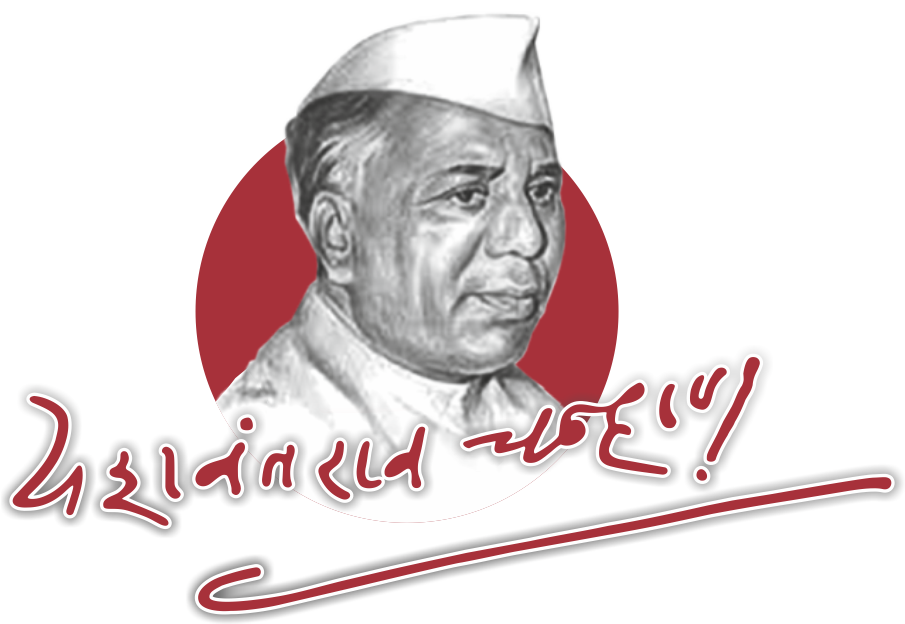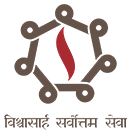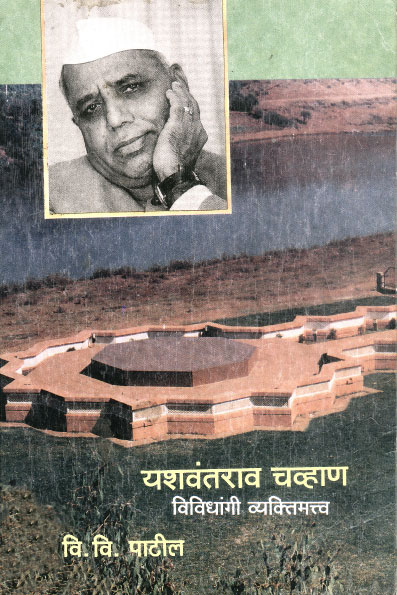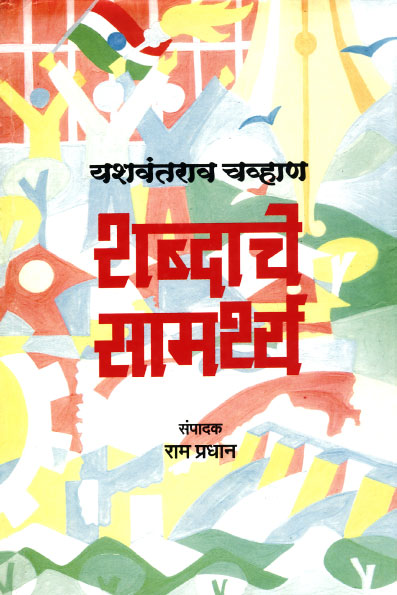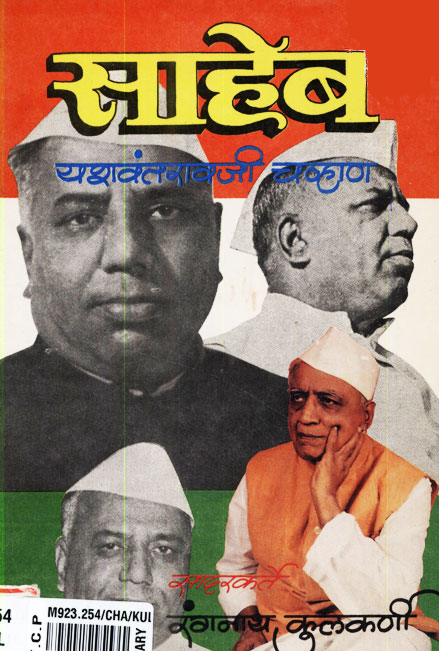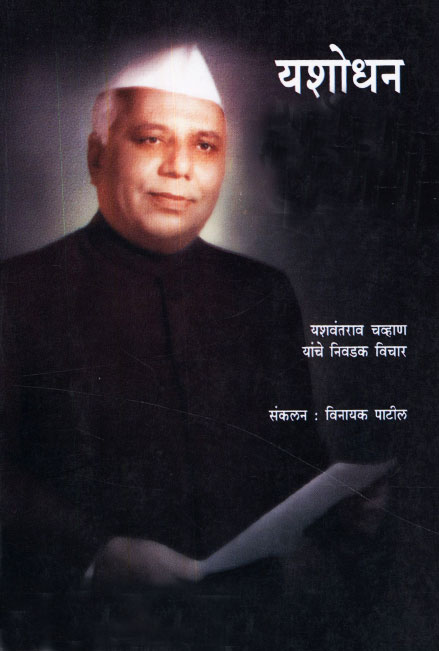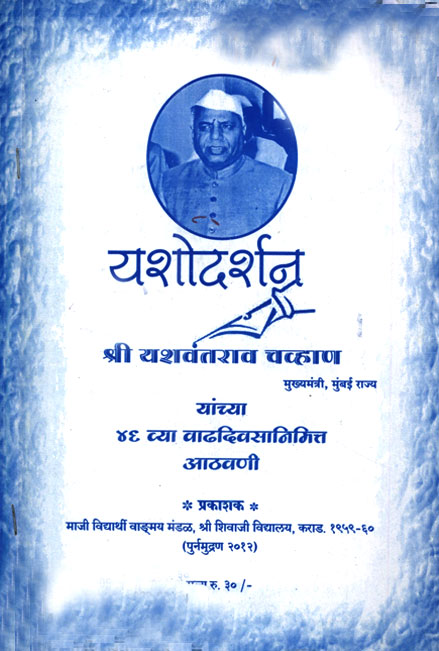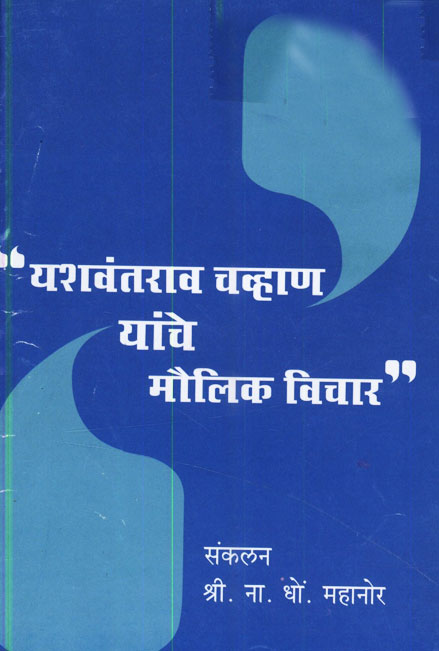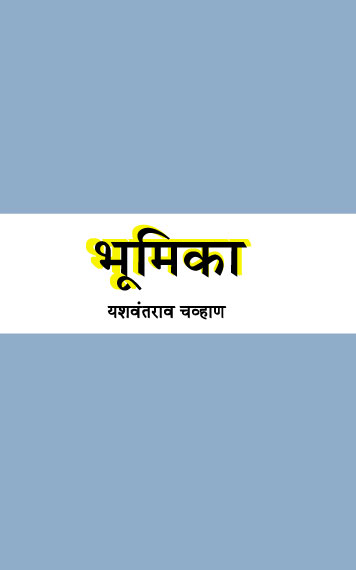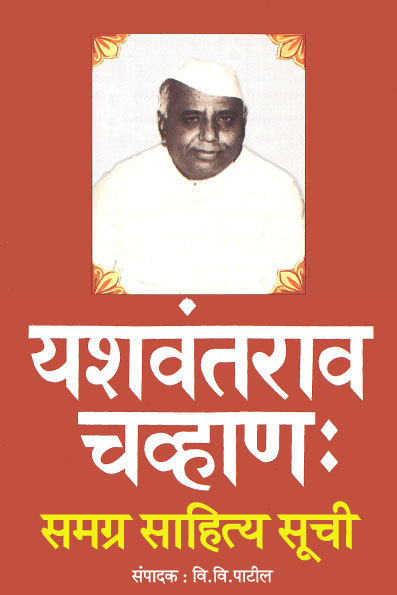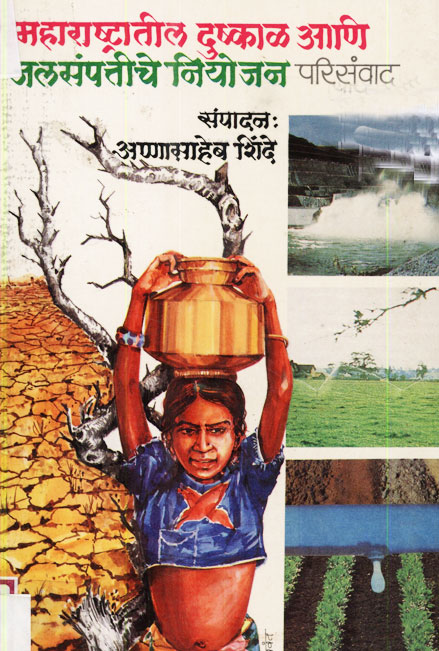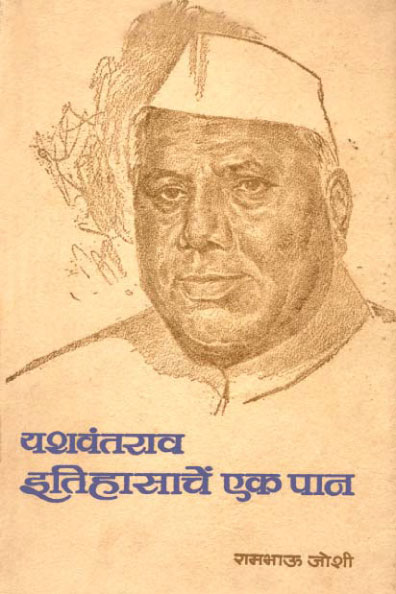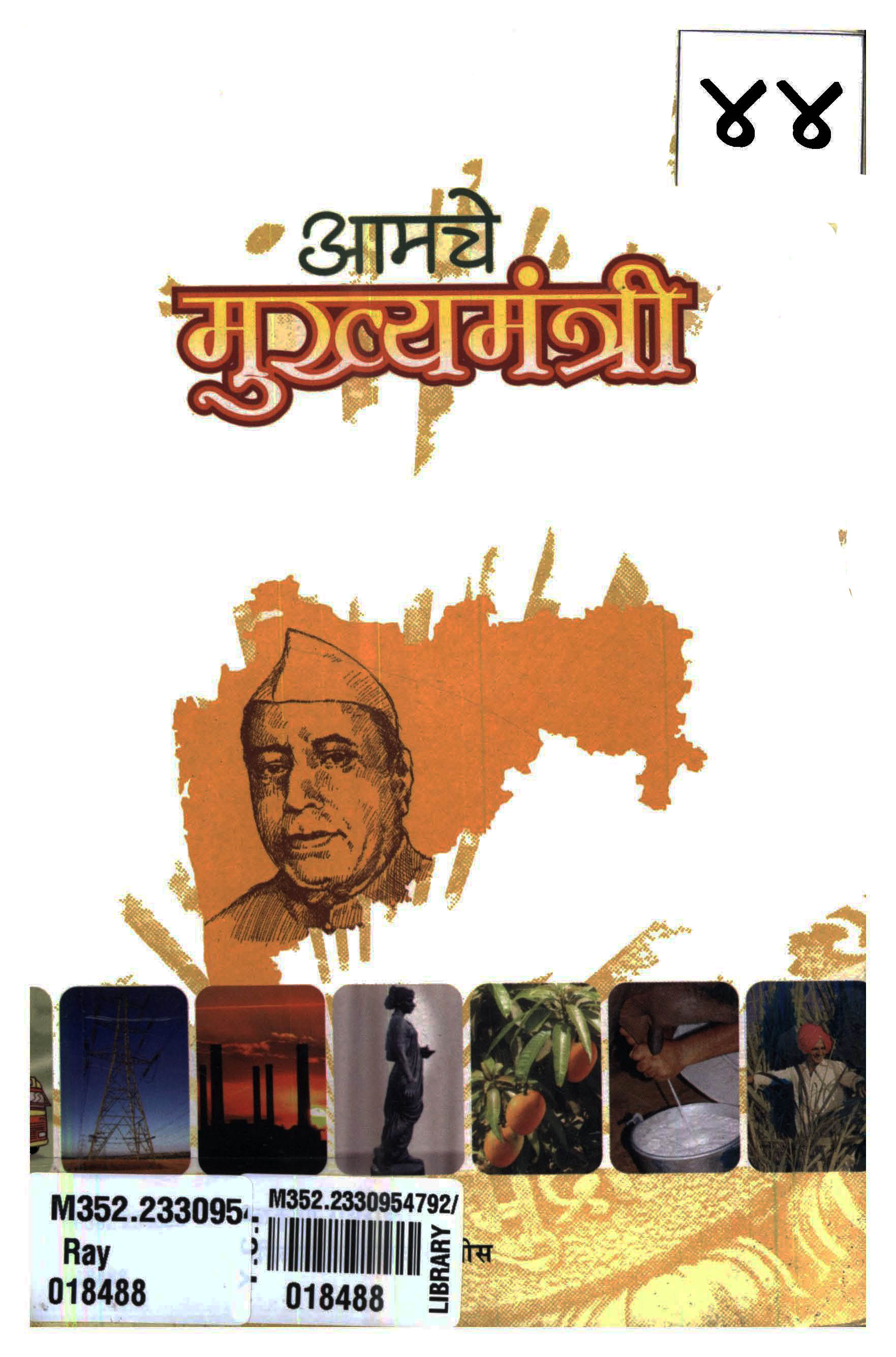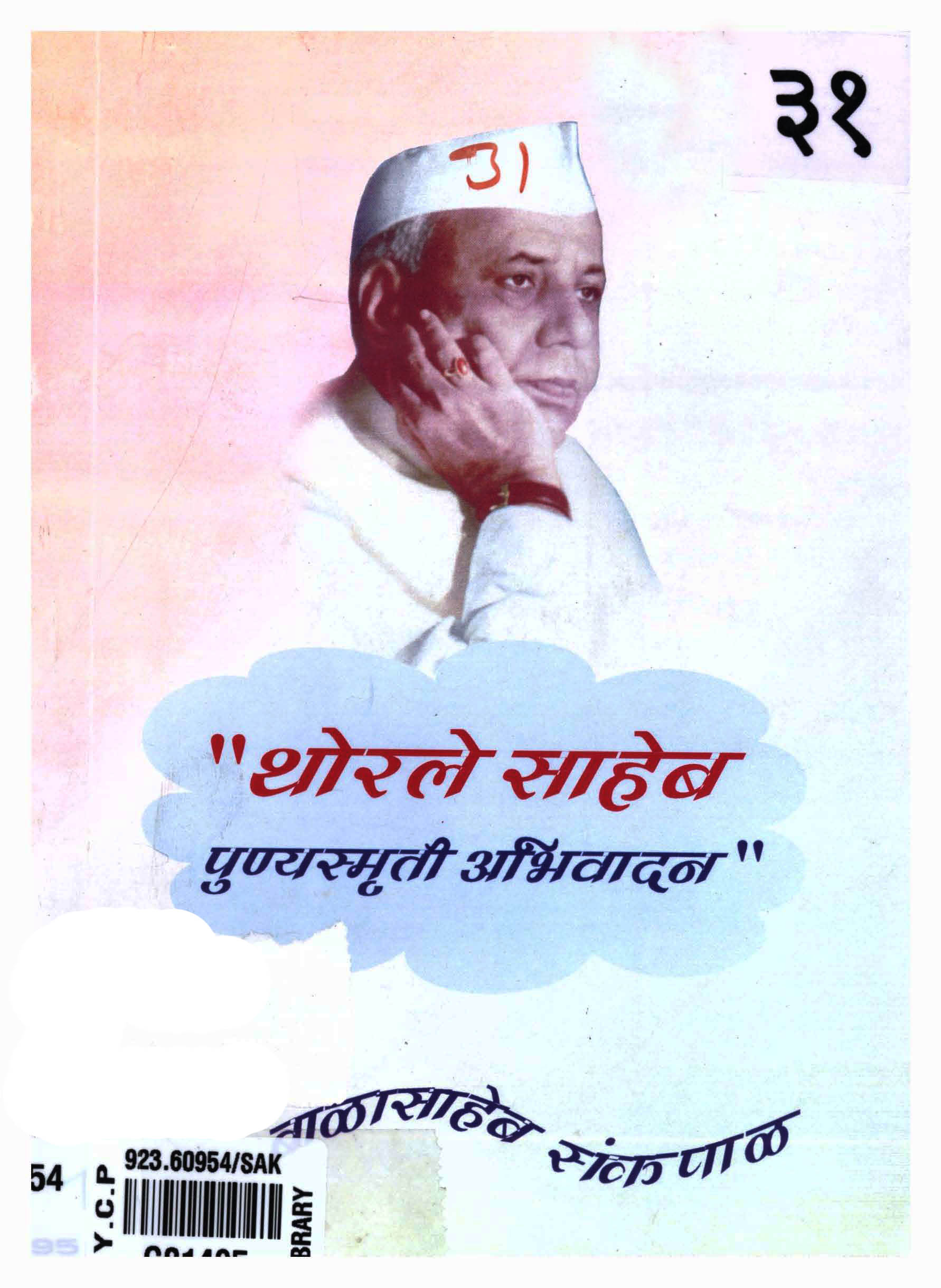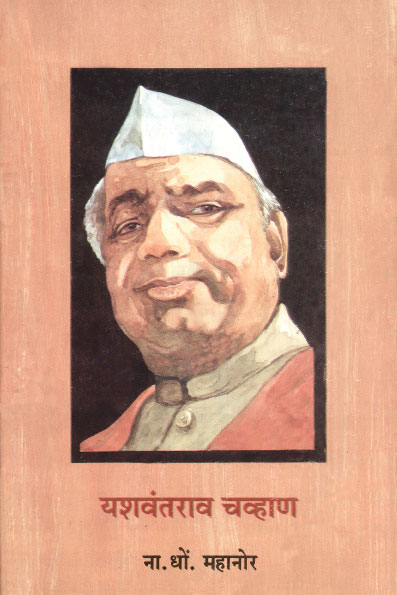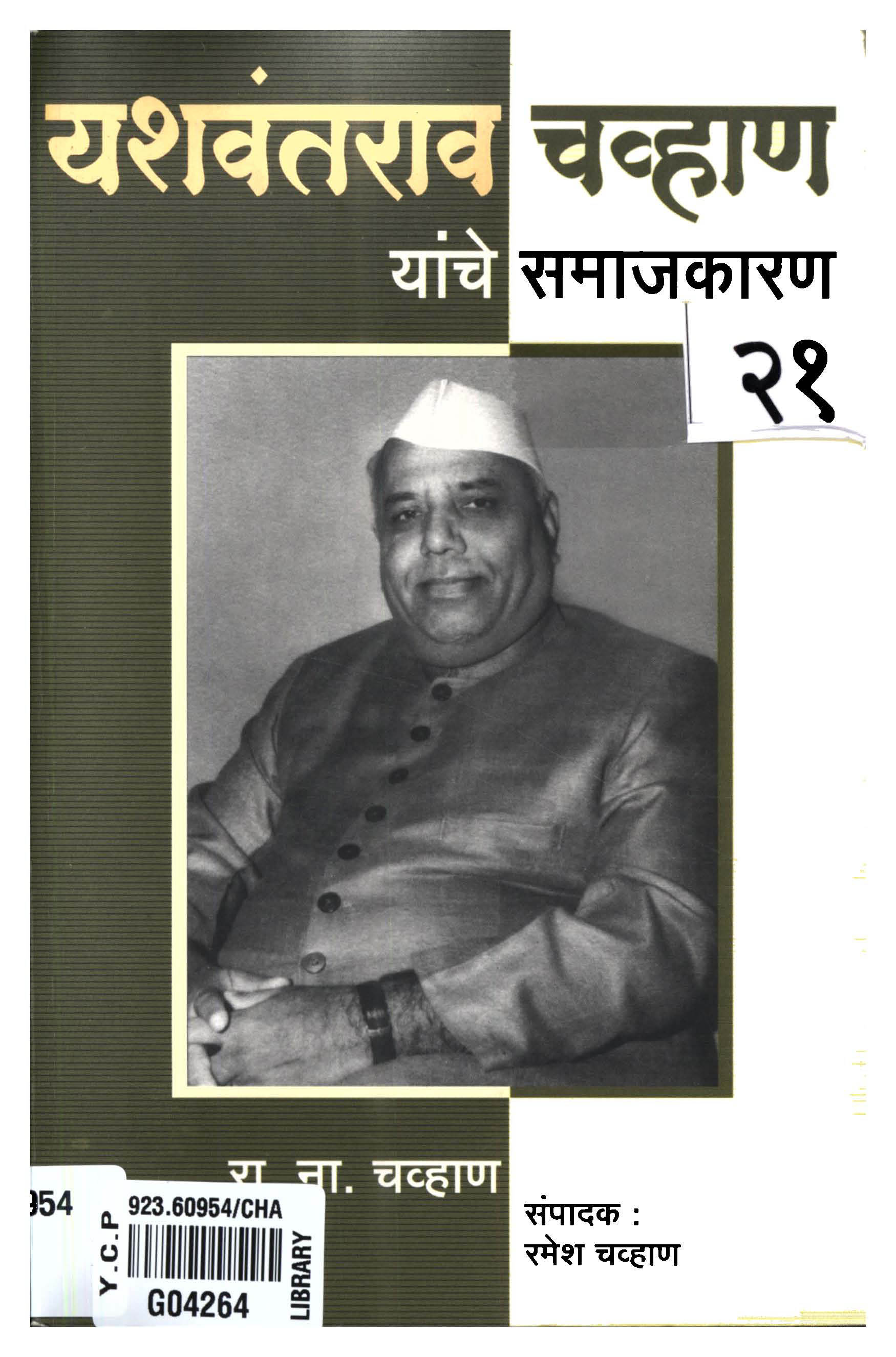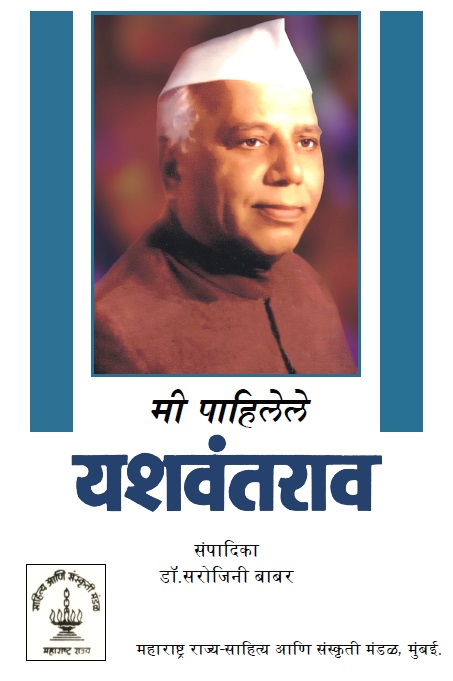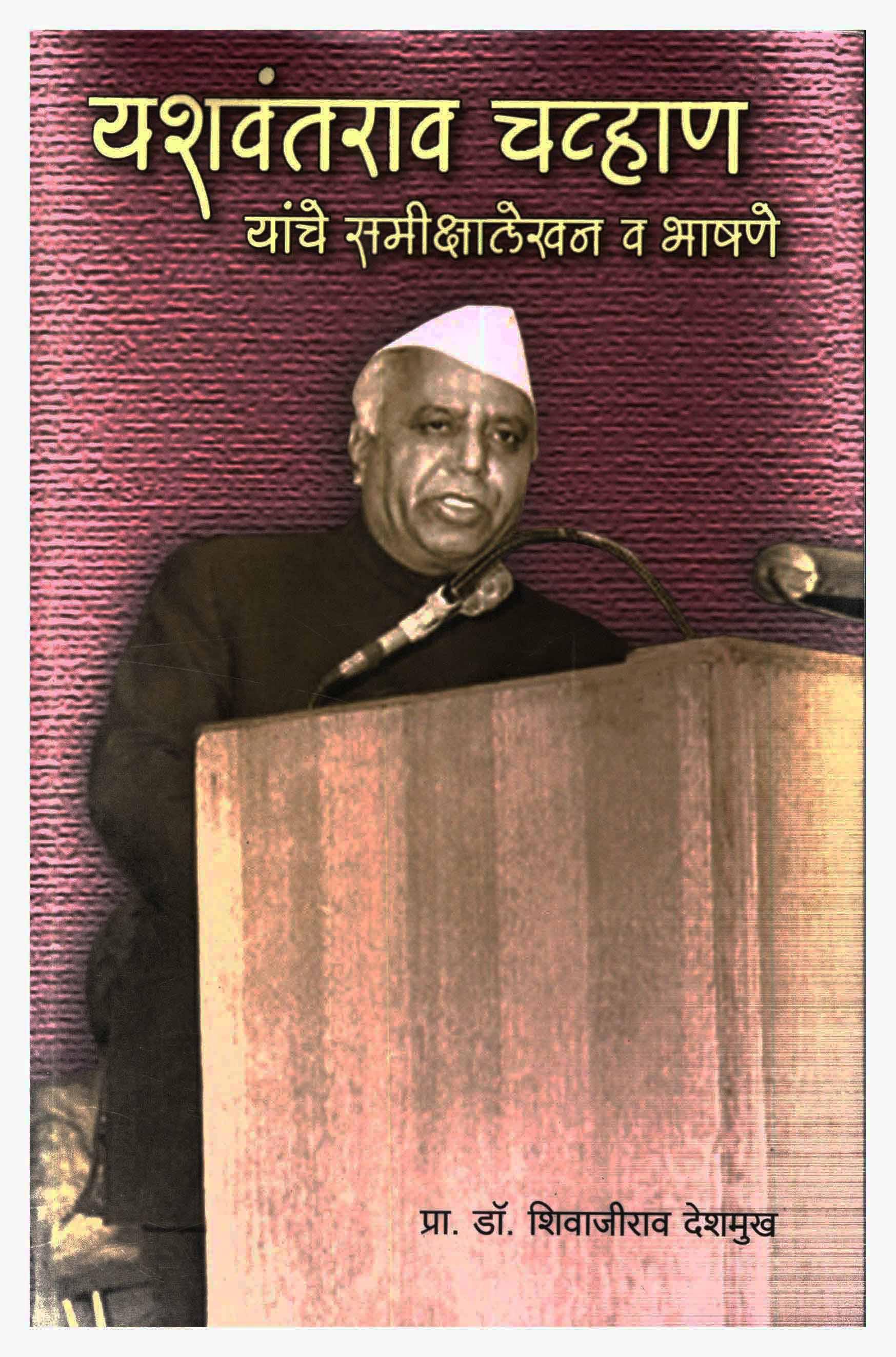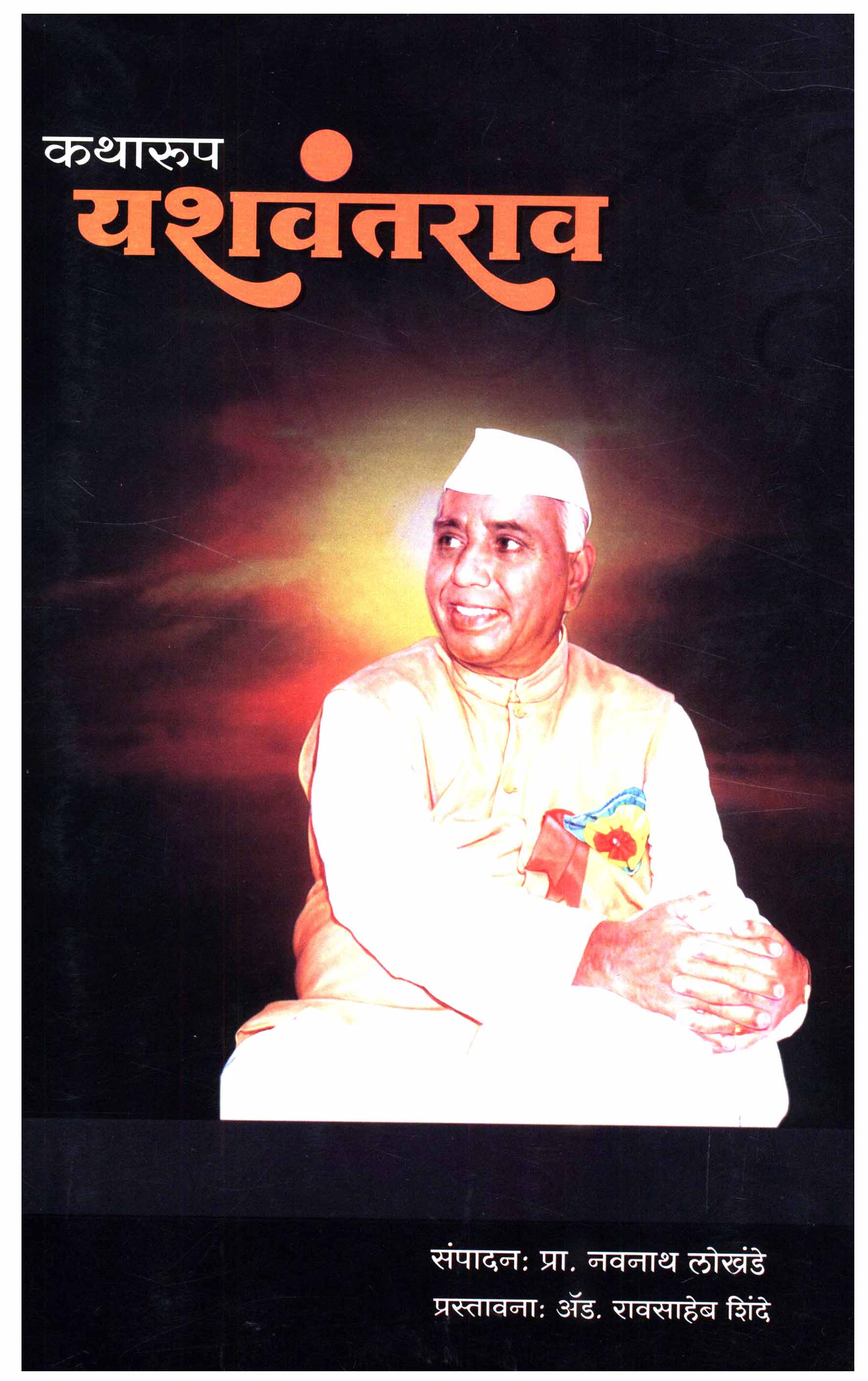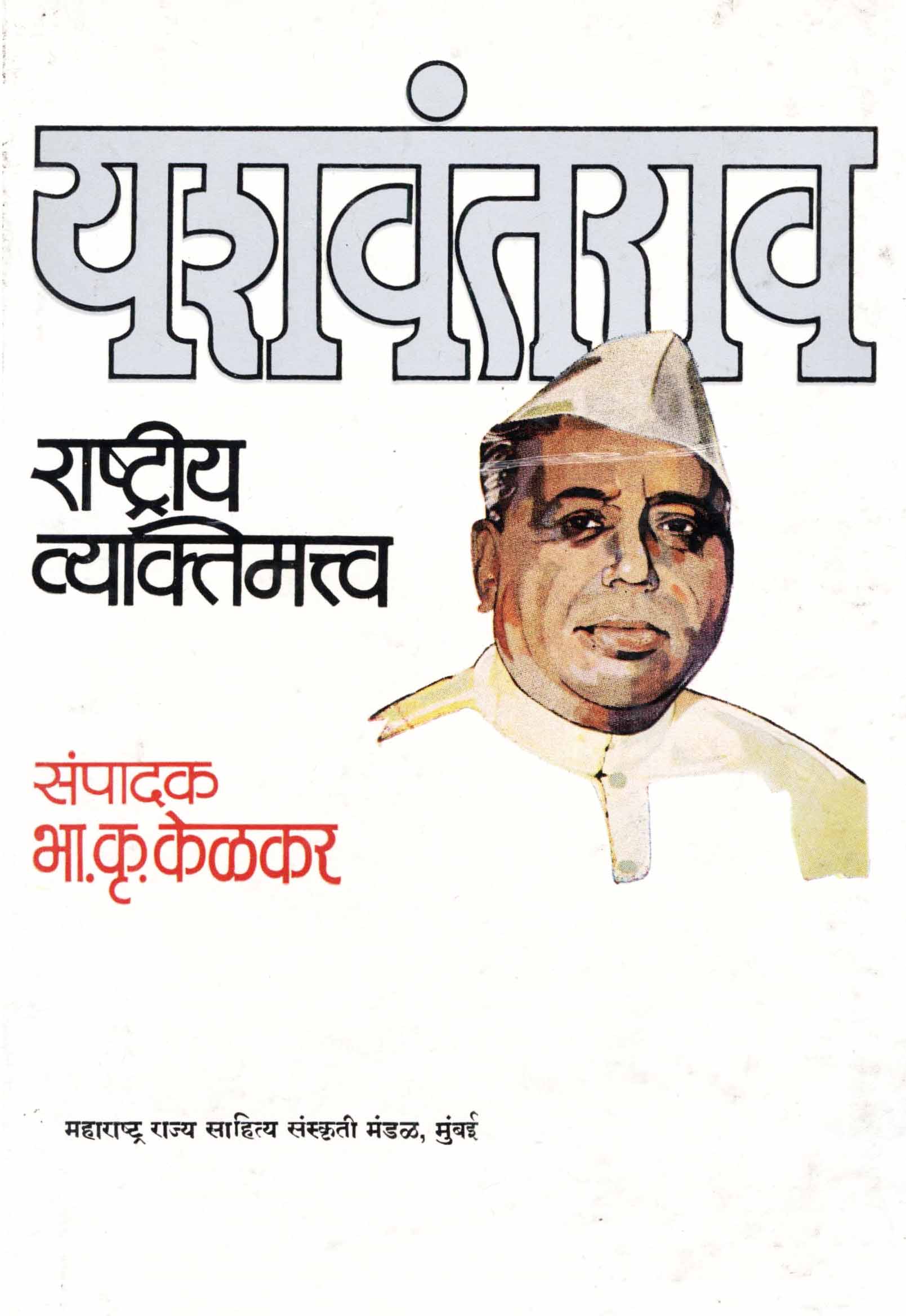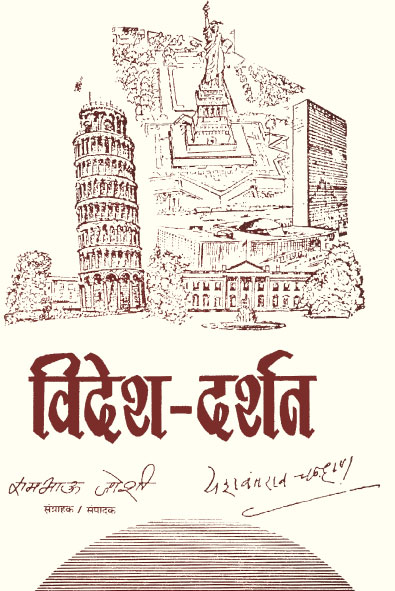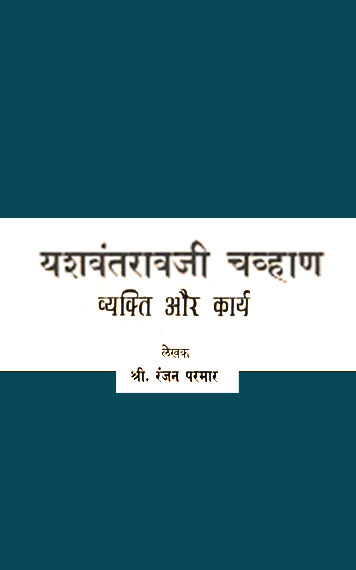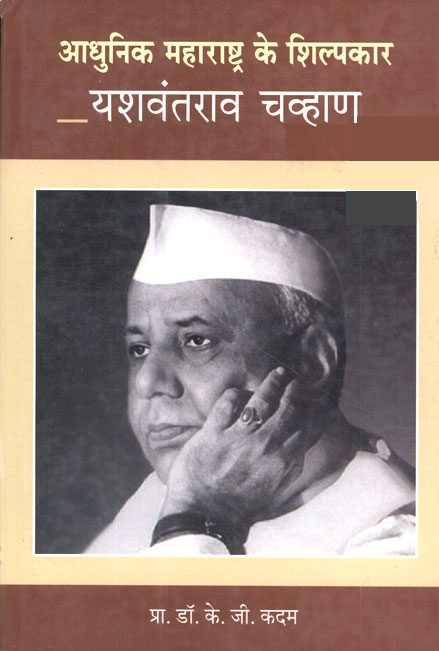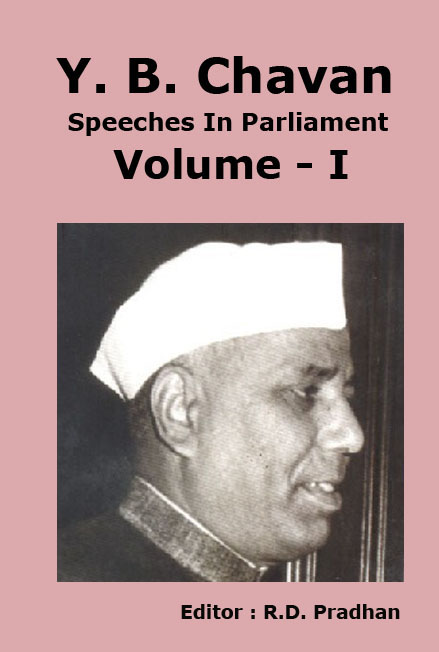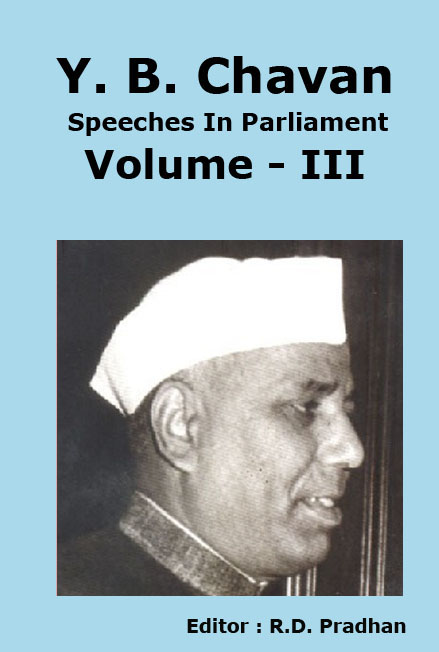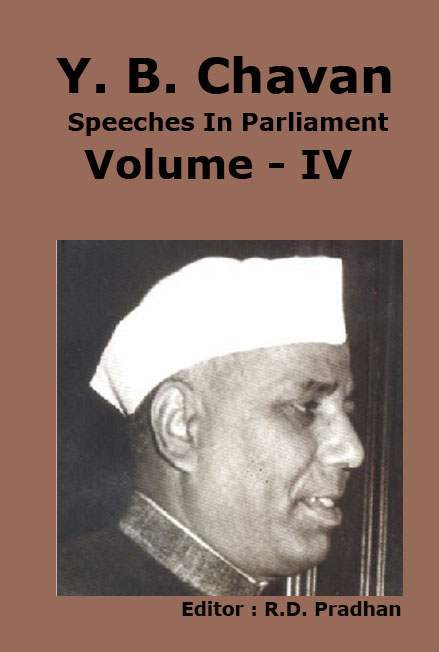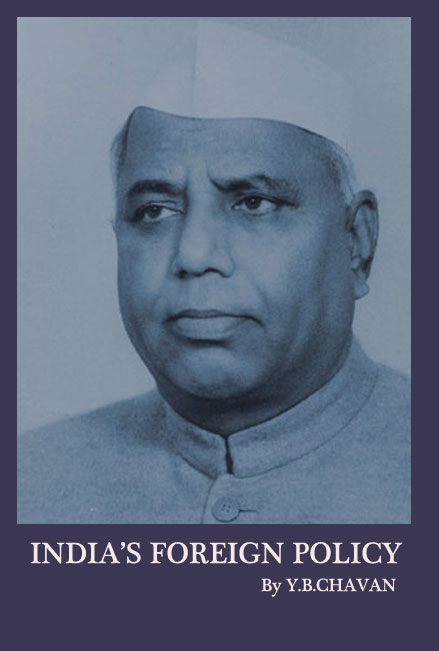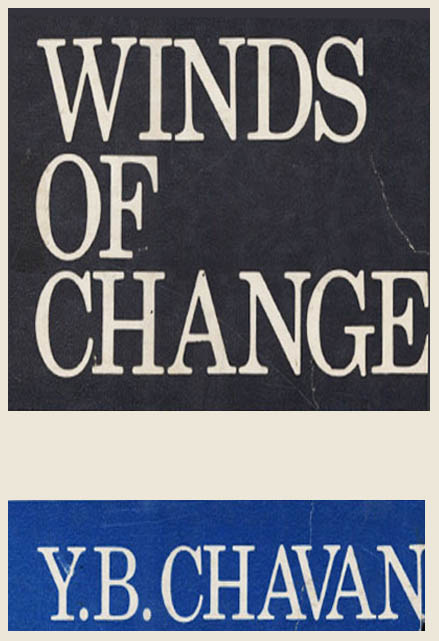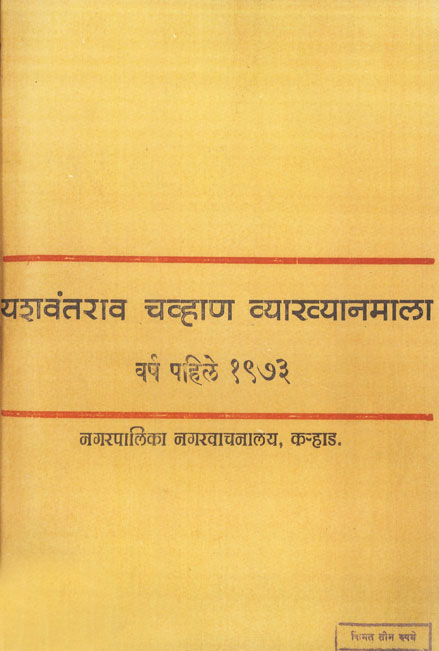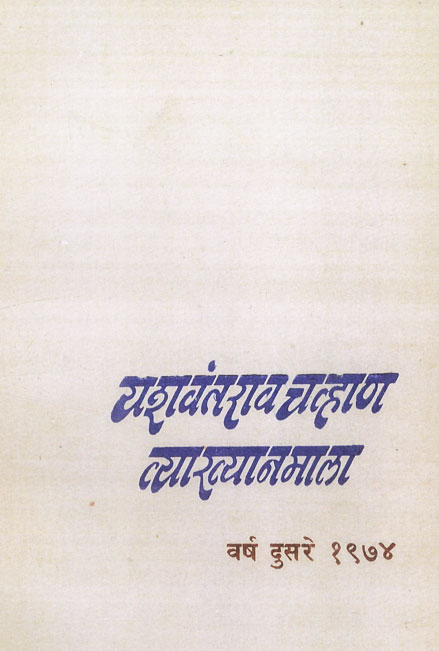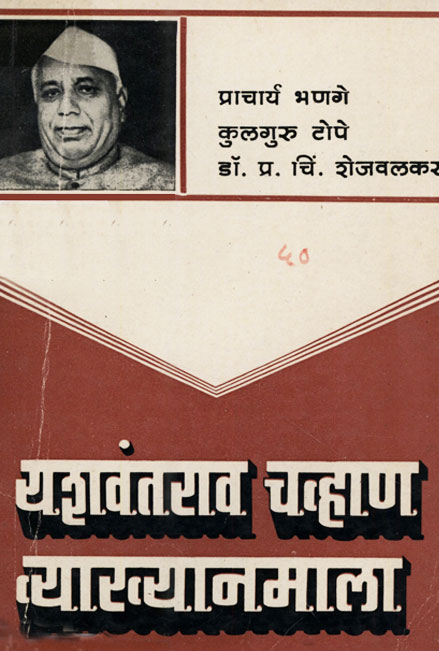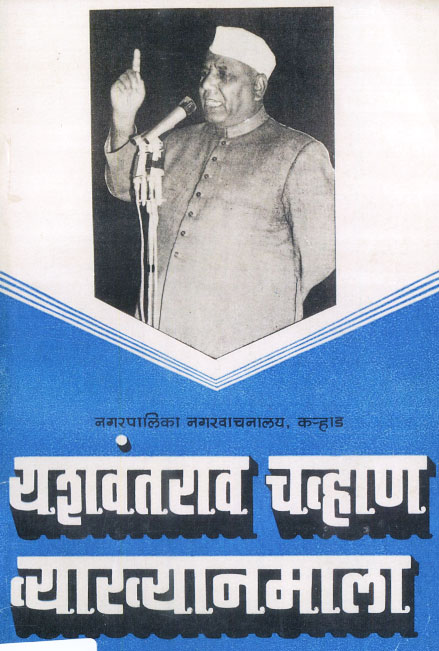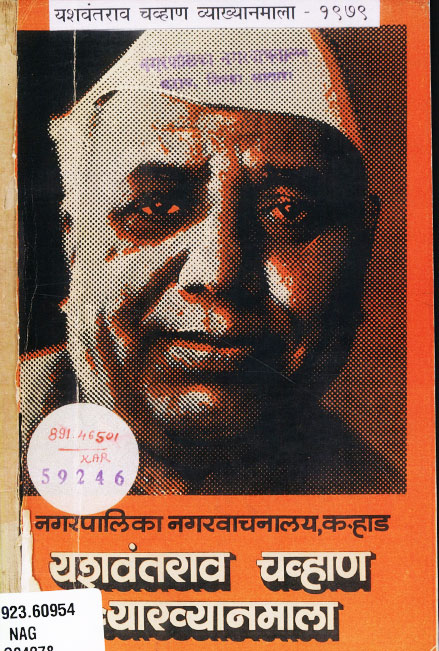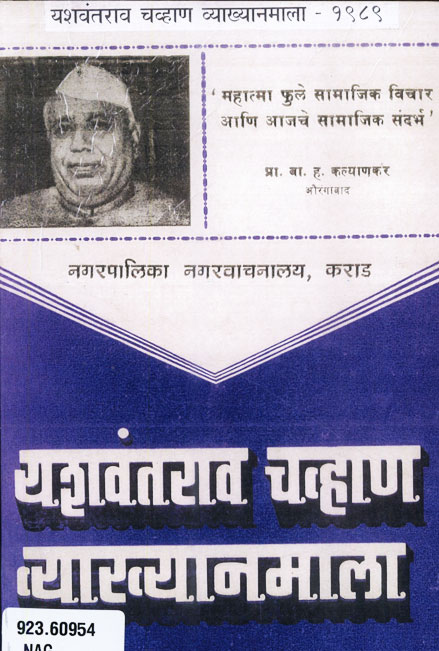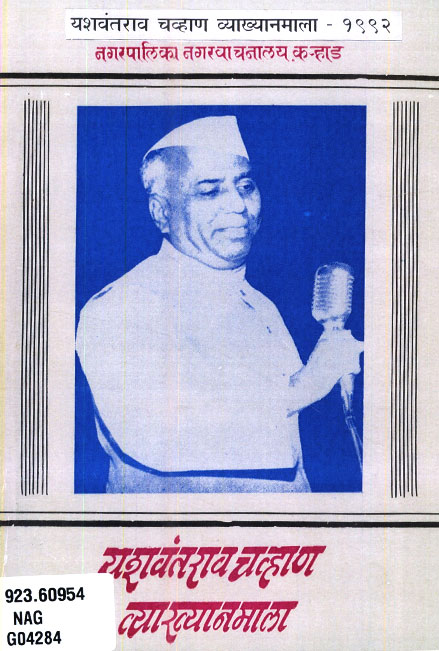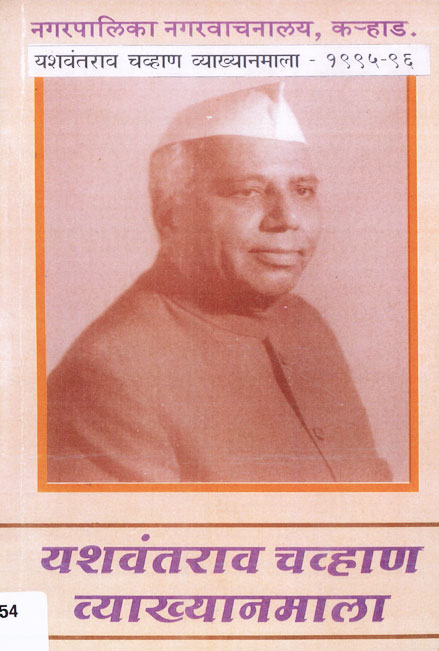Tightening our belts is only one of the ways in which we can overcome the resource constraint without imposing an impossible burden on the common man. Another and equally effective way is to ensure a more efficient handling of our productive apparatus and material supplies. Poor productivity and high costs involve a waste of scarce resources, a waste which may not always be visible but is, nevertheless, quite real. So far the process of industrial development does not appear to have, generated any great regard for efficiency. The highly attractive opportunities thrown up by import substitution for a large and hungry domestic market has even bred a certain unconcern for productivity and costs. In stressing the need for greater efficiency I would also like to emphasise the crucial quality aspect of productivity. Sub-standard end-products impose an additional cost on the consumer. And, whenever consumer durables or equipment have an uncertain or short life there is an avoidable waste of scarce resources. We are no longer in the initial phases of industrialisation; and it is just not enough to produce. Production must also be efficient and competitive. Indeed, I will even go so far as to say that profitability ceases to be an index of efficiency if it is largely a byproduct of scarcity conditions in a sheltered economic environment.
High costs, poor quality and a domestic market which often has no other choice but to tolerate them — all these prevent us from successfully competing in the more exacting international market. There has, no doubt, been a substantial rise in exports of a variety of new manufactures over the past few years; and we have been able to find export outlets for various kinds of equipment and other durables. Nevertheless, exporting, in the case of a number of non-traditional industries, is still only a marginal activity and their output is destined mainly for the domestic market. The conclusion is inescapable that our industry, notwithstanding its size and diversity, has largely remained inward looking. No doubt exports face various types of tariff and non-tariff restrictions in the developed countries. In various international forums we have emphatically called for the dismantling of such barriers against the exports of developing countries. Our efforts, however, have met with little success and the industrialised countries continue to maintain a rigid stance in the matter. We cannot, therefore, slacken our export drive in the hope that trade restrictions will soon disappear or that the Indian economy before long will have become so prosperous that there will be a surfeit of all types of equipment and materials. As a matter of fact, our share of the world market in many lines is so small that we should be able to greatly increase our export earnings if we resolutely decide to enter the export market in a big way.
